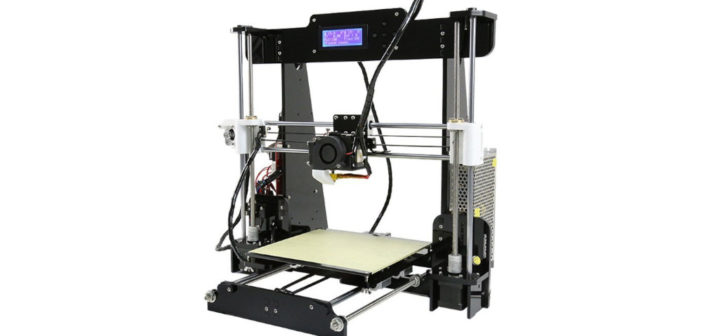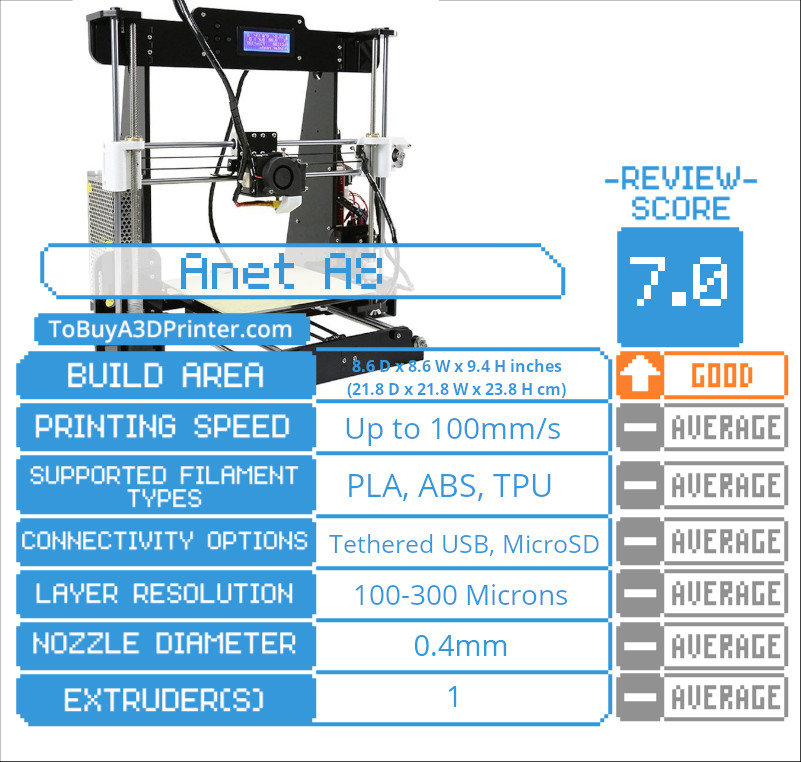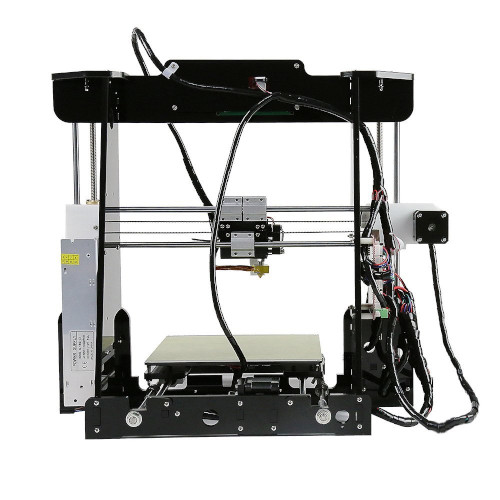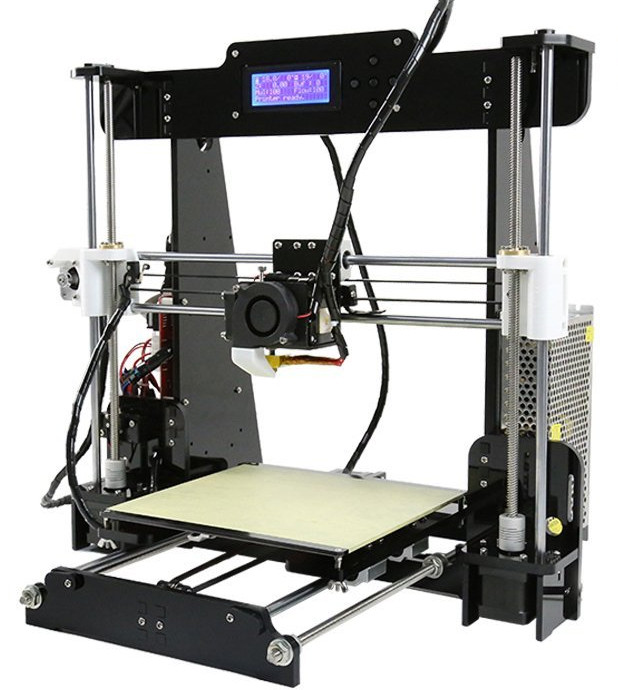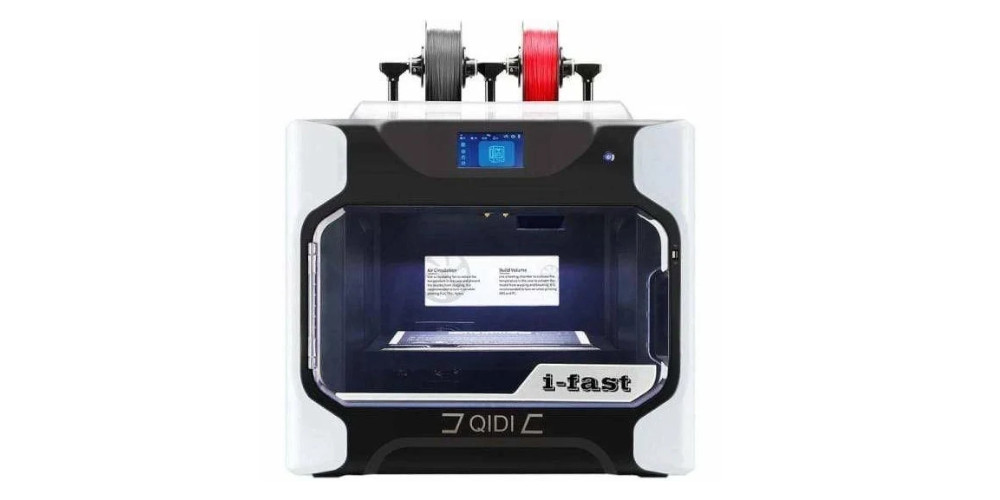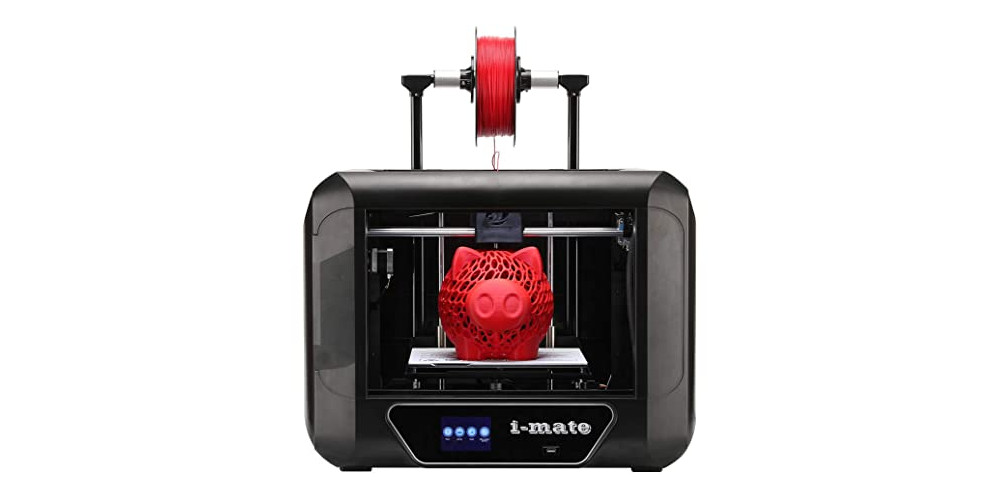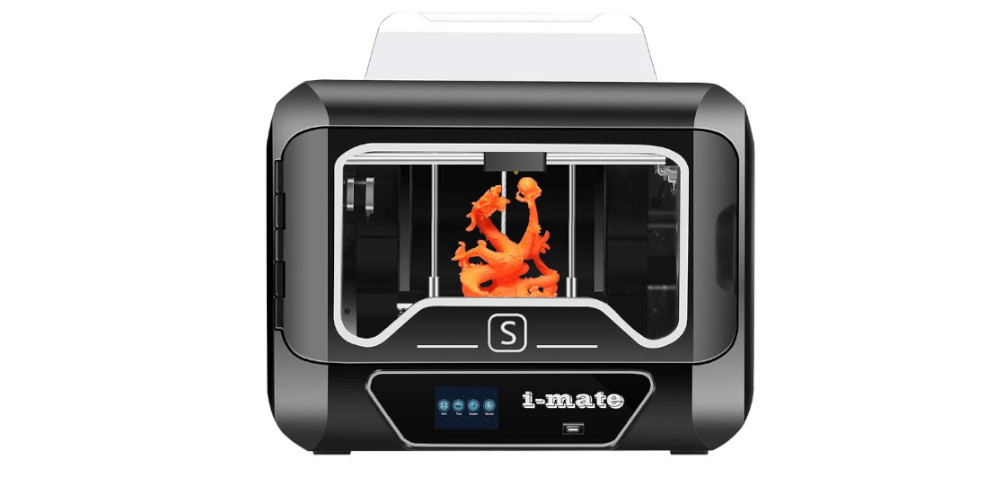The Anet A8 is one of the cheapest 3D printer kits available today. What can you expect from such an affordable printer? Find out in today's in-depth Anet A8 review.
-
Printing Speed
-
Build Size
-
Precision
-
Value
-
Design
-
User Experience
Anet A8 Review Basics
It’s important to know that the Anet A8’s performance greatly depends on how well you build it. The average time to build the Anet A8 is about 8 hours, and any misalignment or loose part can contribute to poor print quality. Be sure to take care and be thorough when building this 3D printer for best results.
Once complete, the Anet A8 features a spacious 8.6” x 8.6” x 9.4” build volume. The heated aluminum build plate ensures better adhesion whether you’re using PLA or ABS. Print quality from the Anet A8 is average-to-below average without modification. Make models in resolutions between 100 and 300 microns at speeds up to 100mm/s. Prints may have visible layers and rough edges, but overall achieve respectable quality for a sub-$200 3D printer.
The Anet A8 is essentially a bare-bones DIY 3D printer that’s intended to be modified post sale for better performance. On the upside, it comes with a large build area and is equipped to handle both PLA and ABS. On the downside, there are few convenience features. The Anet A8 lacks any assisted or automatic bed leveling or even a power switch.
Anet A8 Review Pros
Very Mod-Friendly
Most people buy this 3D printer with the intention of modifying it. In order to make this model so cheaply, Anet cut quite a few corners. The good news is that many issues can be fixed with simple modifications, most of which can be printed right from your machine.
Among the first upgrades we recommend include filament guides to keep your filament in line during printing, the Center Nozzle Fan upgrade found here on Thingiverse to improve hotend temperature control, as well as the T Corner upgrade found here for improved Z-axis stability. There are dozens of printable mods for the Anet A8, however, so don’t stop there!
Great DIY Kit
If you love to build or tinker, the Anet A8 is one of the most affordable DIY 3D printer kits that lets you build your printer from absolute scratch. Building your own 3D printer grants invaluable insight into the inner workings of your machine. This makes is easier to troubleshoot when something goes wrong, as well as modify the printer to improve its performance. Users see a huge difference in print quality with just a few mods, most of which are printable right from your machine. Those who like to customize their tech will especially appreciate how easy it is to access all the Anet A8’s components thanks to its unfinished design.
Additionally, there is a huge online community for this 3D printer. This helpful community is always willing to help with troubleshooting issues or modification questions. There’s no shortage of printable mods, either. There’s scarcely a better kit for those who want to build the perfect 3D printer from the ground up.
Anet A8 Review Cons
Instructions Could Be Better
Considering the complexity of this 3D printer’s build, the instructions should be crystal clear, leaving no room for interpretation. For the most part, the Anet A8’s instructions are actually okay. Some parts, however, forget entire steps or leave out important details. Whether this is due to a loss in translation or possibly because Anet has failed to update their instructions, it’s difficult to tell. Whatever the issue, most customers end up on Youtube seeking video instructions to supplement those which come with the Anet A8.
Acrylic Frame, Shoddy Parts
For all the Anet A8’s potential value, there’s only so much you can expect from a 3D printer this cheap. First, the frame is made from acrylic, which is less than optimal both for overall durability or print stability. More importantly, several users have reported that their motherboards overheat due to poor power regulation. Therefore, we strongly recommend the addition of a mosfet to help regulate demand from the print bed, motors, and extruder on the motherboard. Similarly, the included PSU appears overworked by this 3D printer and we recommend replacing it with a more powerful model at your earliest opportunity.
As is to be expected, some other of the Anet A8’s components, like belts and bearings, aren’t the greatest quality. Those components are fairly forgettable, however, in lieu of parts like the motherboard and PSU posing potential safety concerns.
Anet A8 Review Verdict
Experienced makers and dedicated DIYers are ultimately drawn to the Anet A8 by its potential, not its reality. After assembly, the Anet A8 performs exactly like you’d expect from a sub-$200 printer, which on its own isn’t likely to impress the sort of people this printer is marketed to. It stands to reason, then, that it’s sold with the intention that buyers will make the Anet A8 their own through modifications and upgrades over time. If this sort of thing appeals to you, the Anet A8 is an awesome 3D printer and weekend project.
That said, we do not recommend this 3D printer to beginners or those without any technical or mechanical background. Building the Anet A8 will likely be overwhelming for a novice. Beginners should instead look to a printer like the Creality Ender-3, which comes half-assembled for an easier build.

